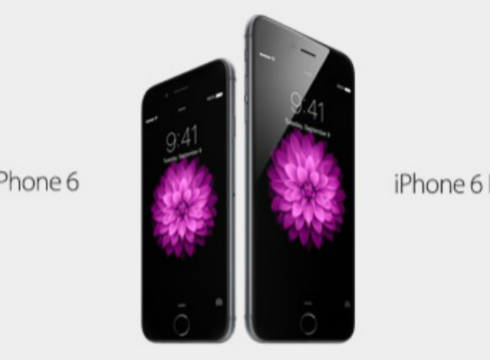Inc42 Daily Brief
Stay Ahead With Daily News & Analysis on India’s Tech & Startup Economy
We have finally emerged from the endless iPhone 6 rumor mill. We no longer need to wonder, listen to all of the puzzling chatter, or accommodate wave-upon-wave of speculation on what Apple will do next. As the rumor mill has said for months, we now know that Apple has released two different sizes of the new iPhone – a 4.7″ iPhone 6 and a 5.5″ iPhone 6 Plus.
This decision points out three important themes:
- Device form factor is *the* story in mobile tech right now – Even though Apple’s announcement included other major additions to their technology offering – such as Apple Pay, iOS 8, and Apple Watch – the chatter around the iPhone 6 was largely around the screen size of the device. This comes on the heels of Samsung releasing of the Note Edge, an innovative device that offers a unique approach to its screen. Among all makers, size and shape are the big themes of the day.
- Phablets are here to stay – The iPhone 6 Plus shows that the trend toward significantly larger smart phones, which has been going on with other device makers for years, has finally come to Apple. In a way, this “closes the loop,” enabling the phablet to grow in the US and European markets and perhaps even catch up to Asia, which has favored phablets for more than a year now.
- A smaller iPad Mini may be next – For years, tablets have been getting smaller and smart phones have been getting larger, to the point that there is reason to believe that the distinction between the two devices will eventually completely disappear. Because Apple’s offering now includes a phablet, there may be momentum for an iPad Mini that is even smaller than the current 7.9″ size. If so, the coalescence of Apple’s smallest tablet and largest smart phone could happen at some point in the future.
Despite the fact that this was a very solid product launch, Apple does not have some sort of mystical lock on all technology innovations. Consider what Jonathan Rubinstein, once head of Apple’s iPod division, said in defense of the failed ROKR device in 2005, “Is there a toaster that also knows how to brew coffee? There is no such combined device, because it would not make anything better than an individual toaster or coffee machine. It works the same way with the iPod, the digital camera or mobile phone: it is important to have specialized devices.”
Bottom line – one or both of these devices may not sell well. And they may not sell well in every market. The first thing that we should do is to watch what the public does, that will be the truest measure of how well Apple has anticipated what people want. Purchasing trends are the ultimate measure of a new innovation. We should know more soon!
Note: We at Inc42 take our ethics very seriously. More information about it can be found here.


